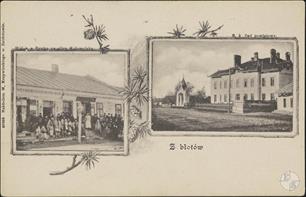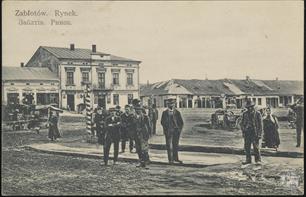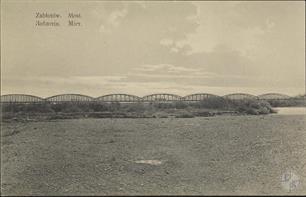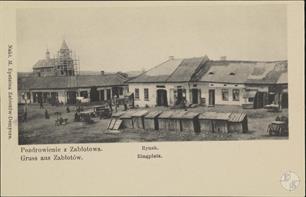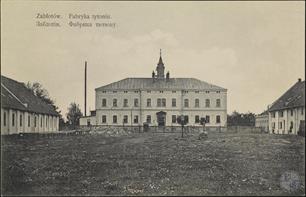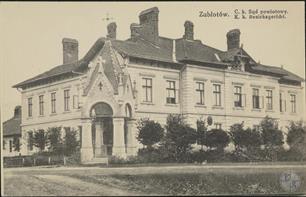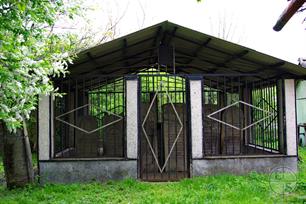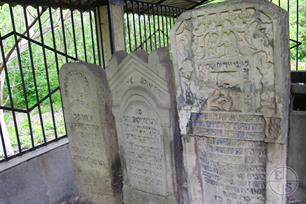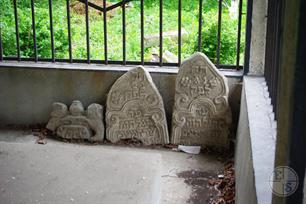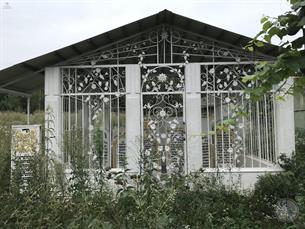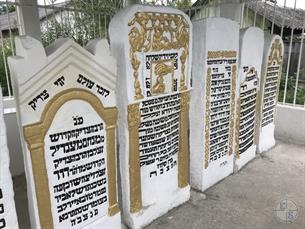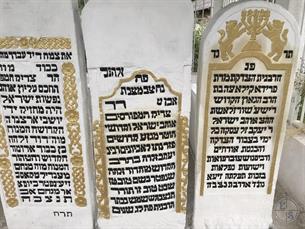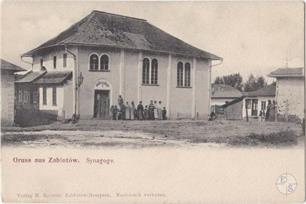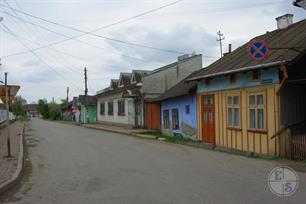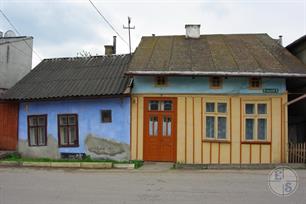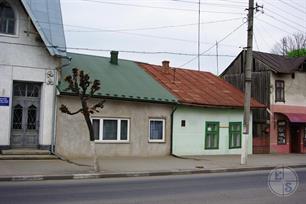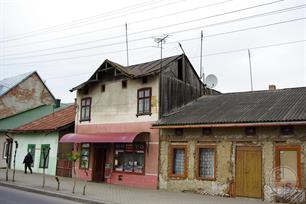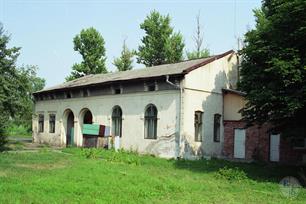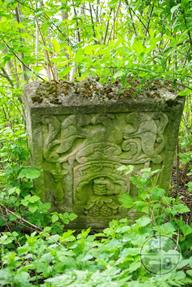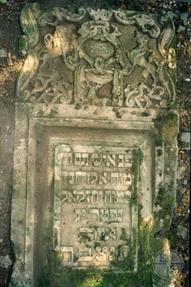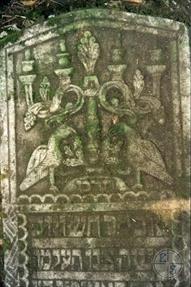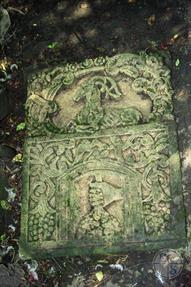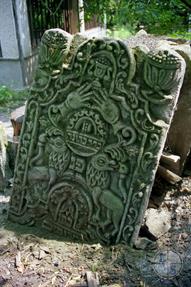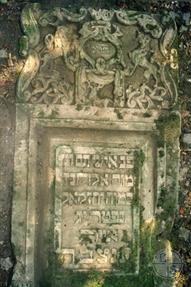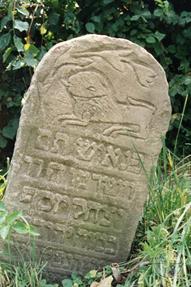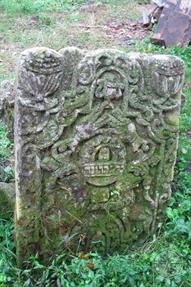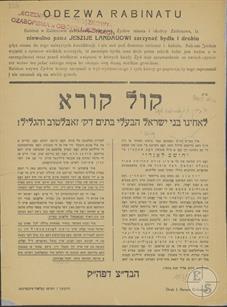Zabolotiv
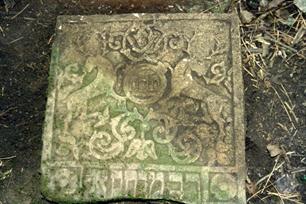 |
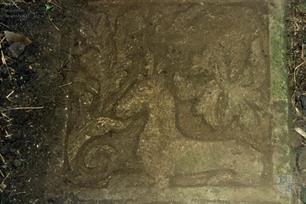 |
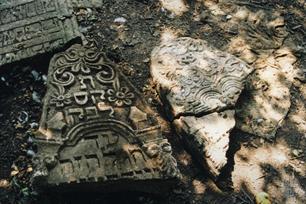 |
| Jewish cemetery in Zabolotiv, 1994 | ||
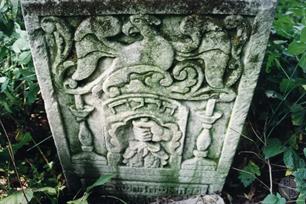 |
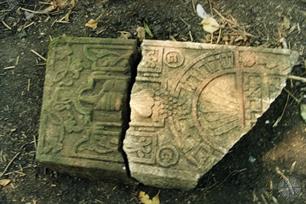 |
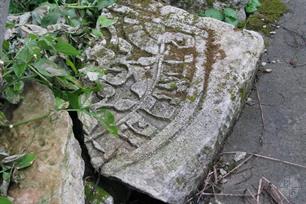 |
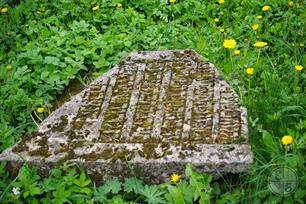 |
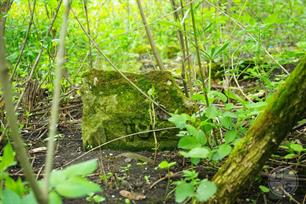 |
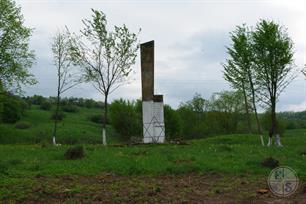 |
| Jewish cemetery in Zabolotiv, 2016 | Holocaust monument on Khomiv Hill near Zabolotiv, 2016 |
Sources:
- Russian Jewish encyclopedia
- Jewish encyclopedia of Brockhaus & Efron
- Холокост на территории СССР: Энциклопедия / Гл. ред. И. А. Альтман. - М.: Российская политическая энциклопедия (РОССПЭН): Научно-просветительный Центр «Холокост», 2009
Photo:
- Eugene Shnaider
- Jewish Cemeteries Initiative
- Boris Khaimovich, Center for Jewish art
- Biblioteka Narodowa Polona. Zabłotow
- Russian Jewish encyclopedia
- Jewish encyclopedia of Brockhaus & Efron
- Холокост на территории СССР: Энциклопедия / Гл. ред. И. А. Альтман. - М.: Российская политическая энциклопедия (РОССПЭН): Научно-просветительный Центр «Холокост», 2009
Photo:
- Eugene Shnaider
- Jewish Cemeteries Initiative
- Boris Khaimovich, Center for Jewish art
- Biblioteka Narodowa Polona. Zabłotow
Kolomyya district, Ivano-Frankivsk region
Zabolotiv, urban-type village (since 1940) in the Ivano-Frankivsk region. Known since 1630. In the 17-18 centuries - as part of the Commonwealth. In the 19th - beginning of the 20th century - a township of Snyatyn powiat in Galicia province as part of Austria-Hungary. In 1919–39 - as part of Poland, in 1939–91 - the Ukrainian SSR.
In 1765, 986 Jews lived in Zabolotiv,
in 1880 - 1730 (49.1%),
in 1890 - 2009 (49.5%),
in 1900 - 2092 (49.4%),
in 1910 - 2171 (45,6 %),
in 1921 - 1454 (40.5%),
in 1931 - approx. 1700 Jews.
In 1765, 986 Jews lived in Zabolotiv,
in 1880 - 1730 (49.1%),
in 1890 - 2009 (49.5%),
in 1900 - 2092 (49.4%),
in 1910 - 2171 (45,6 %),
in 1921 - 1454 (40.5%),
in 1931 - approx. 1700 Jews.
Jews lived in Zabolotiv since the beginning of the 18th century. In 1717, more than 200 Jews lived in Zabolotiv, there was a community.
In 1826 Rabbi Dovid Hager (1797-1848) founded the Hasidic court in Zabolotiv.
In 1848 the father's place was taken by Yakov Hager (1815-1881).
In 1881, the dynasty was headed by the son of Jacob Menacham-Mendl, then the son of Menacham-Mendl Moishe, who died during the 1st World War in Vienna.
After the death of Moishe Hager, his place was taken by his brother Izhok Aizik, who died during the Shoah.
In 1826 Rabbi Dovid Hager (1797-1848) founded the Hasidic court in Zabolotiv.
In 1848 the father's place was taken by Yakov Hager (1815-1881).
In 1881, the dynasty was headed by the son of Jacob Menacham-Mendl, then the son of Menacham-Mendl Moishe, who died during the 1st World War in Vienna.
After the death of Moishe Hager, his place was taken by his brother Izhok Aizik, who died during the Shoah.
At the end of the 19th - beginning of the 20th century, the city council was headed by Jew Meir Rota.
At the end of the 19th century, with the support of Baron Hirsch, a school was opened (in 1908 - 200 students).
In 1903 in Zabolotiv, a pogrom occurred.
In 1905, a Zionist organization was created, in 1910 a school was opened with teaching in Hebrew and Yeshiv, in 1919 - a Jewish library.
In the 1920-30s, the branches of various Jewish parties and organizations operated in Zabolotiv.
In 1939, after the accession of Zabolotiv to the USSR, the city council was headed by Moishe Dinest.
At the end of the 19th century, with the support of Baron Hirsch, a school was opened (in 1908 - 200 students).
In 1903 in Zabolotiv, a pogrom occurred.
In 1905, a Zionist organization was created, in 1910 a school was opened with teaching in Hebrew and Yeshiv, in 1919 - a Jewish library.
In the 1920-30s, the branches of various Jewish parties and organizations operated in Zabolotiv.
In 1939, after the accession of Zabolotiv to the USSR, the city council was headed by Moishe Dinest.
On July 1, 1941 Zabolotiv occupied the Hungarian army. In early September 1941, the rule passed to the German authorities.
Judenrat was created, led by Note Felix. At the end of 1941, about 2700 Jews, including refugees, were in the town.
On December 22, 1941 in Zabolotiv were shot approx. 1100 Jews.
On April 11, 1942 approx. 400 Jews were sent to the Belzhets death camp.
In April - May 1942, the majority of the remaining Jews were deported to the ghetto of Kolomyya.
On September 7, 1942, 200 Jews were deported from Zabolotiv, later 50 Jews.
Only 5 Jews survived in Zabolotiv.
Judenrat was created, led by Note Felix. At the end of 1941, about 2700 Jews, including refugees, were in the town.
On December 22, 1941 in Zabolotiv were shot approx. 1100 Jews.
On April 11, 1942 approx. 400 Jews were sent to the Belzhets death camp.
In April - May 1942, the majority of the remaining Jews were deported to the ghetto of Kolomyya.
On September 7, 1942, 200 Jews were deported from Zabolotiv, later 50 Jews.
Only 5 Jews survived in Zabolotiv.
An interesting document in Yiddish is a rabbinate announcement.
The rabbinate warns that Jehoshua Landaw is prohibited, according to the law of the Torah, to carry out a shchita (kosher slaughter of bird and livestock). To buy meat from him is Hilul ha-Shem (desecration of the name of G-d), especially now, on the eve of Yom Kipur. "After all, on this day the fate of each Jew will be decided for next year. How can the prayers of such people be accepted in heaven if they do not listen to the Torah's voice?"
In general, the announcement was compiled incredibly poetic and filled with dramatic turns, including quotes from the parables of King Solomon ("Who turned his ears from the Torah, his prayer - abomination"; Michely 25:9) and Talmud ("Every day the voice comes from Mount Horiv and and says: grief to creatures that neglect the Torah"; Pirkey Avot 6:2).
The rabbinate warns that Jehoshua Landaw is prohibited, according to the law of the Torah, to carry out a shchita (kosher slaughter of bird and livestock). To buy meat from him is Hilul ha-Shem (desecration of the name of G-d), especially now, on the eve of Yom Kipur. "After all, on this day the fate of each Jew will be decided for next year. How can the prayers of such people be accepted in heaven if they do not listen to the Torah's voice?"
In general, the announcement was compiled incredibly poetic and filled with dramatic turns, including quotes from the parables of King Solomon ("Who turned his ears from the Torah, his prayer - abomination"; Michely 25:9) and Talmud ("Every day the voice comes from Mount Horiv and and says: grief to creatures that neglect the Torah"; Pirkey Avot 6:2).

- Home
- Shtetls
- Vinnytsia region
- Volyn region
- Dnipro region
- Donetsk region
- Zhytomyr region
- Zakarpattia region
- Zaporizhzhia region
- Ivano-Frankivsk region
- Kyiv region
- Kropyvnytskyi region
- Luhansk region
- Lviv region
- Mykolayiv region
- Odessa region
- Poltava region
- Rivne region
- Sumy region
- Ternopil region
- Kharkiv region
- Kherson region
- Khmelnytskyi region
- Chernihiv region
- Chernivtsi region
- Cherkasy region
- Crimea
- Synagogues
- Cemeteries
- Objects & guides
- Old photos
- History
- Contact
Jewish towns of Ukraine
Jewish towns of Ukraine
My shtetl
My shtetl
Donate
